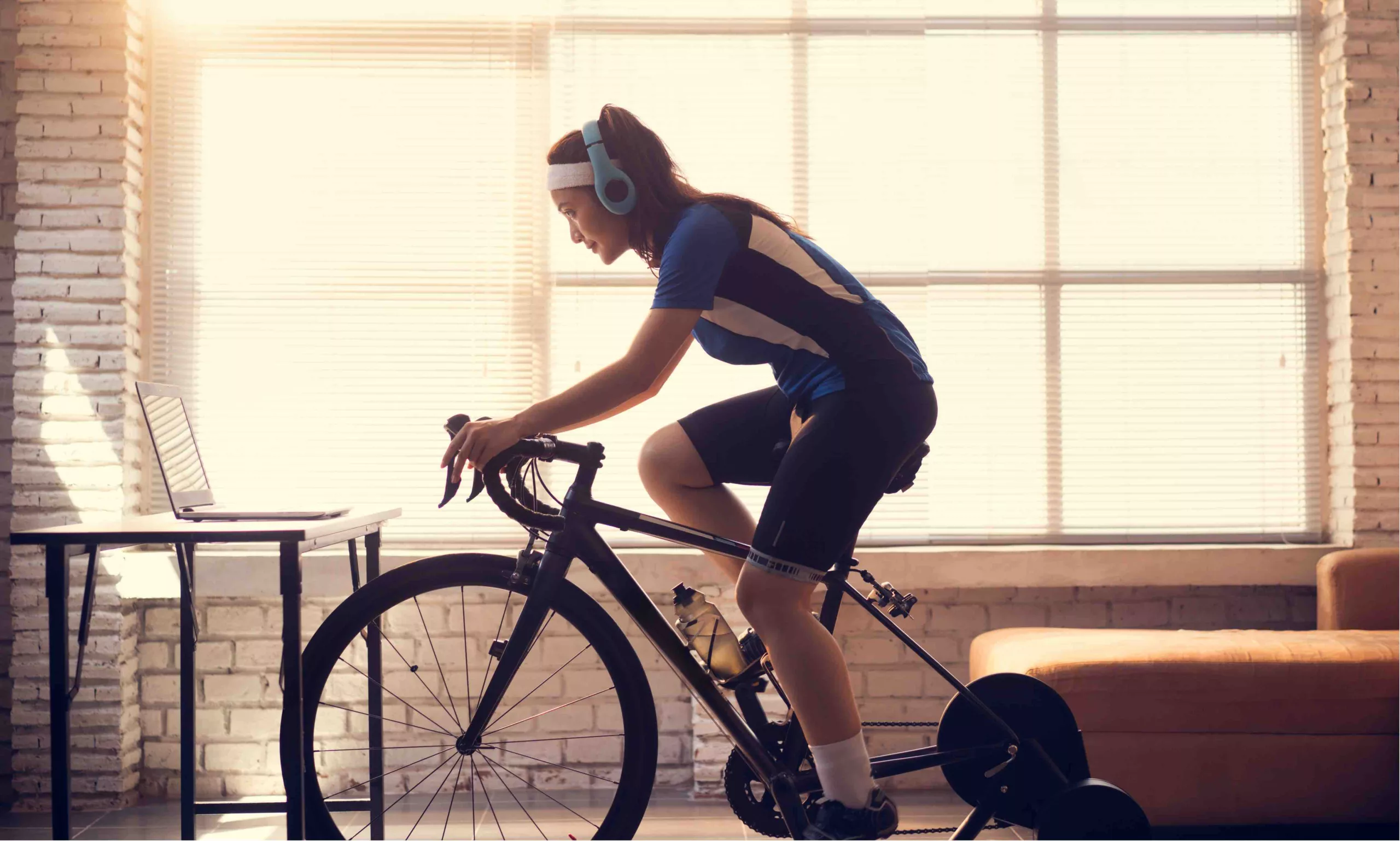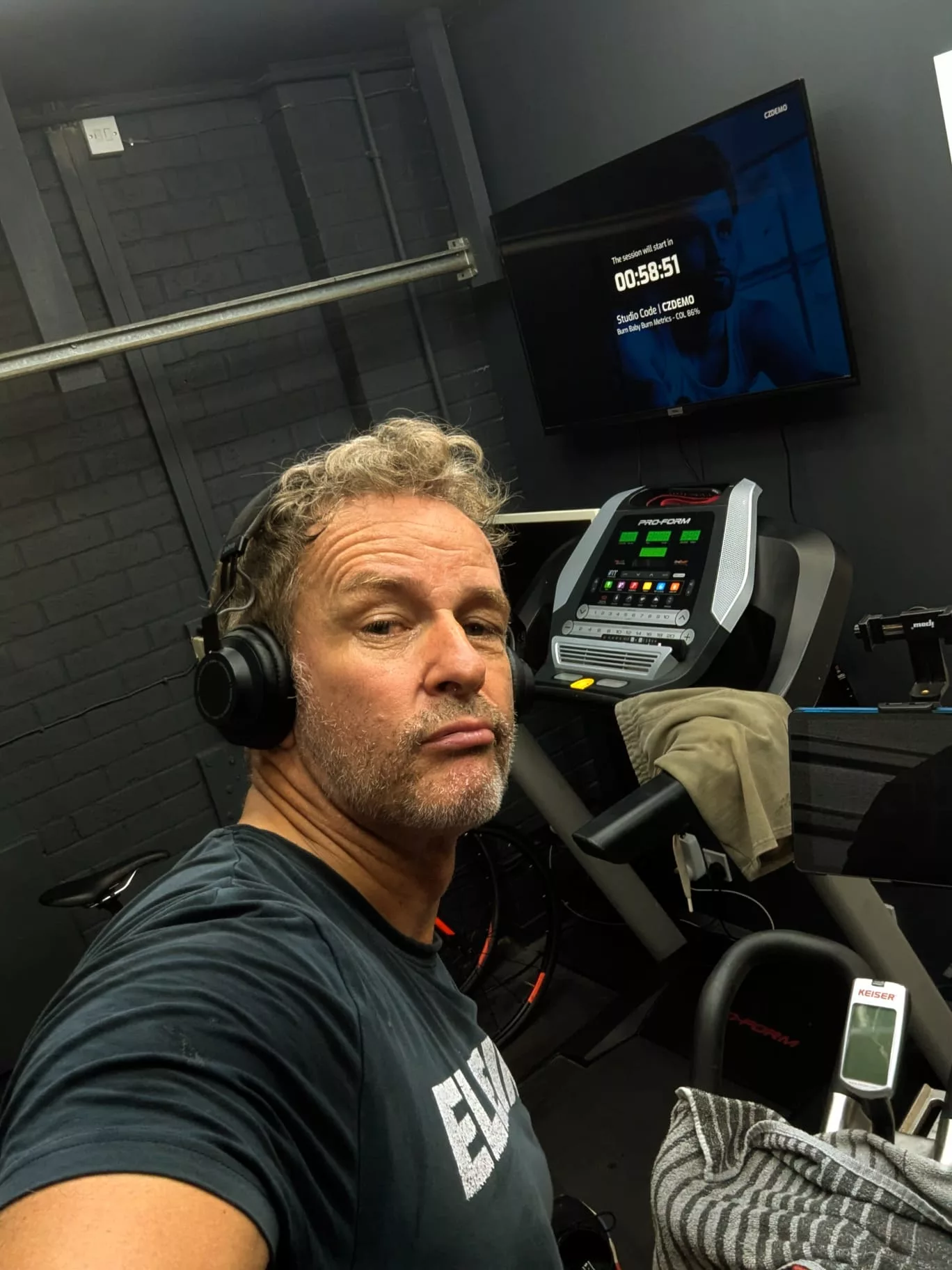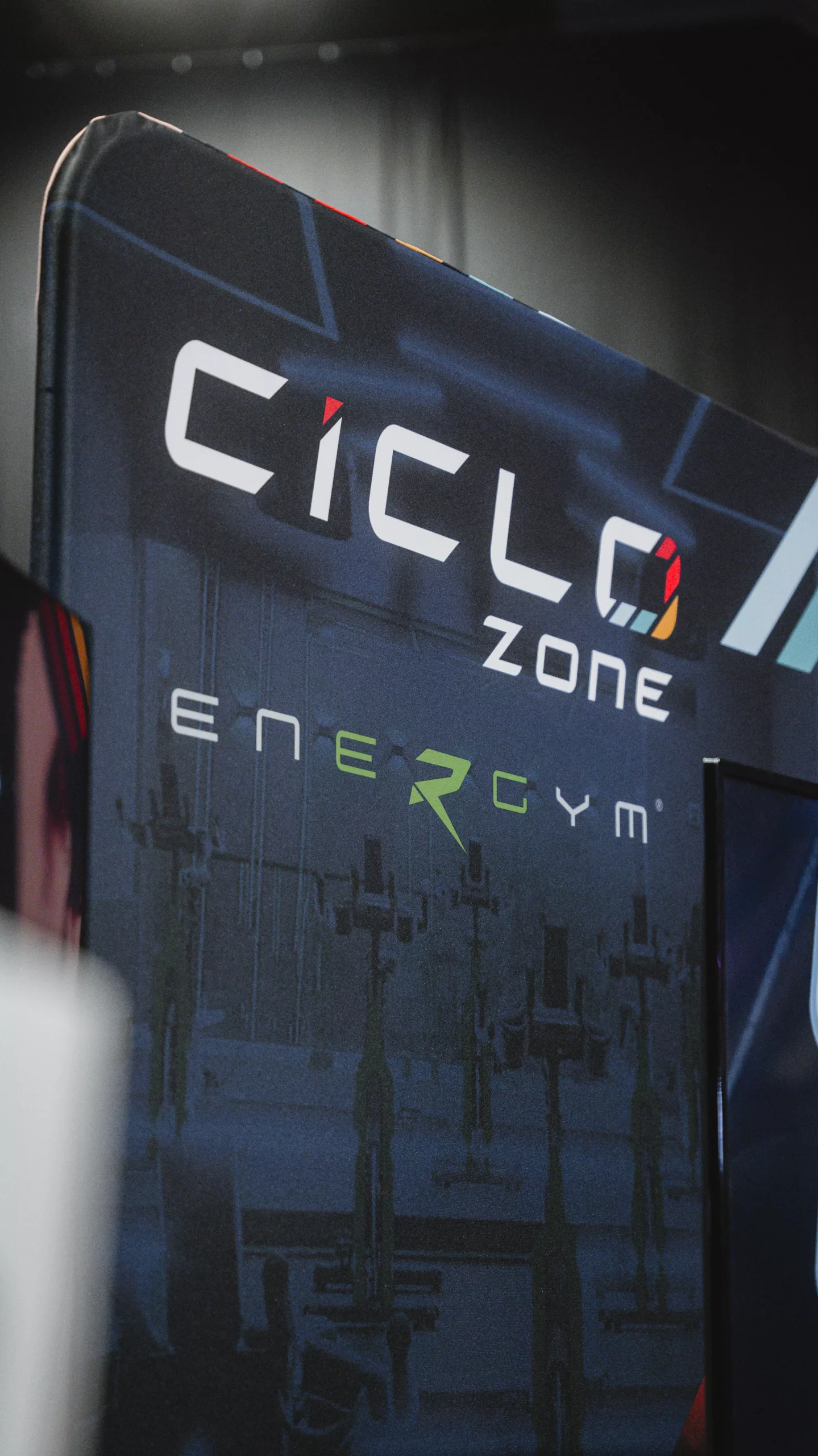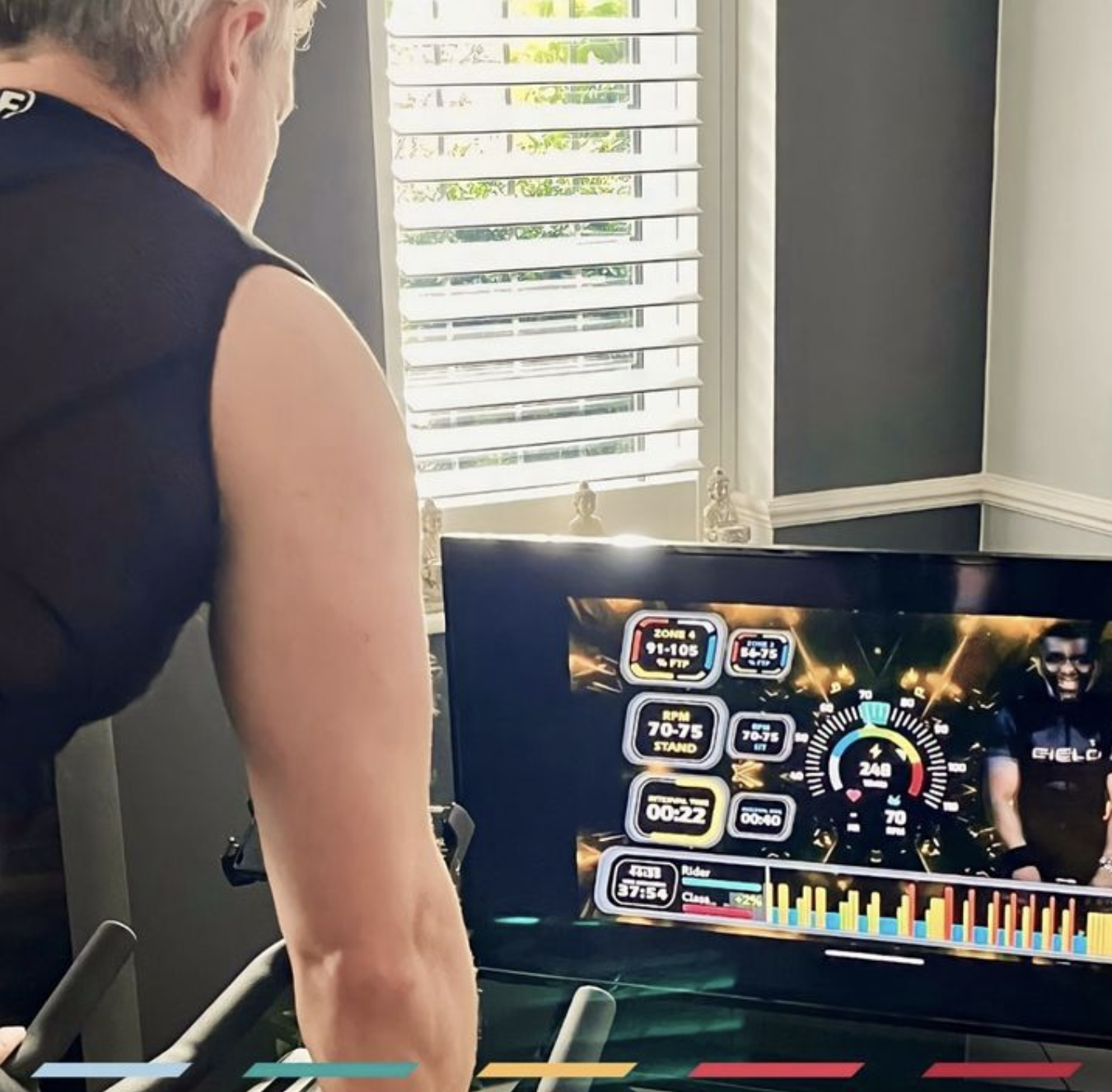As we journey through the tapestry of life, our bodies undergo a remarkable yet inevitable transformation. The once agile and sprightly movements of youth gradually give way to a more measured and deliberate pace. Understanding why the human body tends to become slower and less mobile with age requires a nuanced exploration of both physiological and biomechanical factors.
Physiological Changes:
Muscle Mass Decline: One of the most significant contributors to the slowdown in mobility is the gradual loss of muscle mass, known as sarcopenia. As we age, the body becomes less efficient at protein synthesis, leading to a decline in muscle tissue. This not only impacts strength but also hampers the ability to generate force rapidly, crucial for swift movements.
Joint Health Deterioration: The wear and tear on joints over the years can result in diminished joint health. Cartilage, responsible for smooth joint movements, tends to thin, leading to increased friction and stiffness. Conditions like osteoarthritis may exacerbate joint issues, impeding the fluidity of movement.
Reduced Bone Density: Aging is often accompanied by a decline in bone density, making bones more susceptible to fractures and limiting the body’s ability to absorb impact. This heightened fragility can deter individuals from engaging in activities that involve dynamic movements.
Biomechanical Factors:
Decreased Flexibility: Connective tissues, such as tendons and ligaments, lose elasticity with age, contributing to decreased flexibility. This impacts the range of motion around joints, making it more challenging to execute movements that demand a full stretch or bend.
Neuromuscular Changes: The nervous system undergoes alterations, affecting the coordination and timing of muscle contractions. Reduced neural drive to muscles can result in slower reaction times and compromised motor control, diminishing the ability to execute rapid, precise movements.
Altered Gait Patterns: Biomechanically, aging often leads to changes in gait patterns. Factors like muscle imbalances, joint limitations, and reduced proprioception can result in a less efficient and stable walking or running style. This alteration in gait can contribute to a perceived decline in overall mobility.
Mitigating the Effects:
Understanding the physiological and biomechanical aspects of aging empowers individuals to proactively address these changes. Regular exercise, particularly resistance training, can counteract muscle loss and improve joint health. Incorporating flexibility and mobility exercises helps combat stiffness, enhancing the range of motion.
Additionally, balance and coordination exercises are crucial to address neuromuscular changes and promote stability. Engaging in weight-bearing activities supports bone density, reducing the risk of fractures.
In conclusion, while aging inevitably introduces physiological and biomechanical changes that impact mobility, a proactive approach to fitness can significantly mitigate these effects. Embracing a well-rounded exercise routine that addresses muscle strength, joint flexibility, and neuromuscular coordination is key to maintaining a vibrant and mobile body throughout the journey of life.
Employing Indoor Cycling to Defy Aging Through the Power of Pedals
In the relentless march of time, combating the physiological and biomechanical changes associated with aging becomes a quest for many. While various forms of exercise offer benefits, indoor cycling emerges as a powerhouse, uniquely equipped to counteract the effects of aging on the body.
Cardiovascular Fitness: Indoor cycling is a dynamic, aerobic exercise that engages the cardiovascular system. Enhancing heart health and circulation, this form of exercise supports the delivery of oxygen and nutrients to cells, aiding in the maintenance of overall vitality. Improved cardiovascular fitness also contributes to better endurance and stamina, crucial for maintaining an active lifestyle as we age. The maintainence and even improvement in oxygen absorbing in the body and Vo2 Max levels have been proven to reduce all cause mortality in people over 50 by over 400%….. In this most important area of health and fitness a structured and profile regimen of indoor cycling understanding both your functional power zones and HR zones is absolutely unrivalled.
Muscle Preservation and Development: The pedaling motion in indoor cycling activates a multitude of muscle groups, providing a comprehensive workout. Resistance levels can be adjusted to target specific muscle areas, promoting muscle preservation and even development. This counteracts the natural decline in muscle mass, addressing the root cause of age-related mobility issues.
Joint-Friendly Exercise: Unlike high-impact activities, indoor cycling is gentle on the joints. Eliminating the attrition caused by gravity influenced activities such as running, the fluid, circular motion of pedaling minimizes stress on knees, hips, and ankles. This makes it an ideal choice for individuals looking to maintain joint health and alleviate discomfort associated with conditions like arthritis.
Enhanced Flexibility and Range of Motion: Indoor cycling, when complemented with proper warm-up and cool-down routines, promotes flexibility and an increased range of motion. The continuous, rhythmic movement helps combat the stiffness often associated with aging, fostering improved joint flexibility.
Neuromuscular Coordination: The coordinated effort required for efficient cycling engages the neuromuscular system in a way that no other exercise can. The repetition involved in the pedal stroke promotes muscle recruitment at levels much higher levels than other exercises. Cycling enhances neuromuscular activity by engaging a vast array of muscles, promoting efficient recruitment. The repetitive nature of pedaling refines motor patterns, optimizing synchronization between the nervous system and muscles. This neuromuscular synergy is crucial for power production based on the equation Power=force x velocity, where force is exerted on the pedals and velocity represents the speed of pedal movement. Through indoor cycling participants can improve force application and enhance their ability to sustain higher velocities, ultimately amplifying power output. This dynamic interplay between neuromuscular coordination, force, and velocity underscores cycling’s ability to maintain and increase potent muscular performance.
Adaptability for All Fitness Levels: Indoor cycling is highly adaptable, making it accessible for individuals of various fitness levels. Whether you’re a seasoned athlete or new to exercise, the ability to control resistance and intensity allows for a customized workout especially with a structured power based training program. This inclusivity encourages long-term consistent participation, ensuring sustained, consistent benefits against aging
Mental Well-being: Beyond the physical benefits, indoor cycling has a profound impact on mental well-being. The rhythmic nature of pedaling combined with immersive workout experiences can reduce stress, enhance mood, and boost cognitive function. This holistic approach addresses both physical and mental aspects of aging, promoting overall vitality.
In the realm of exercise, indoor cycling stands as a formidable ally against the effects of aging. Its multifaceted impact on cardiovascular health, muscle preservation, joint well-being, flexibility, and mental resilience makes it a holistic and effective choice for those seeking to defy the hands of time.
So, if you want to make the most of the time you dedicate to your health and fitness, especially if battling the signs of aging is a priority then saddle up, embrace the rhythm of the pedals, and let indoor cycling be your steadfast companion on the journey to a vibrant, age-defying self.




